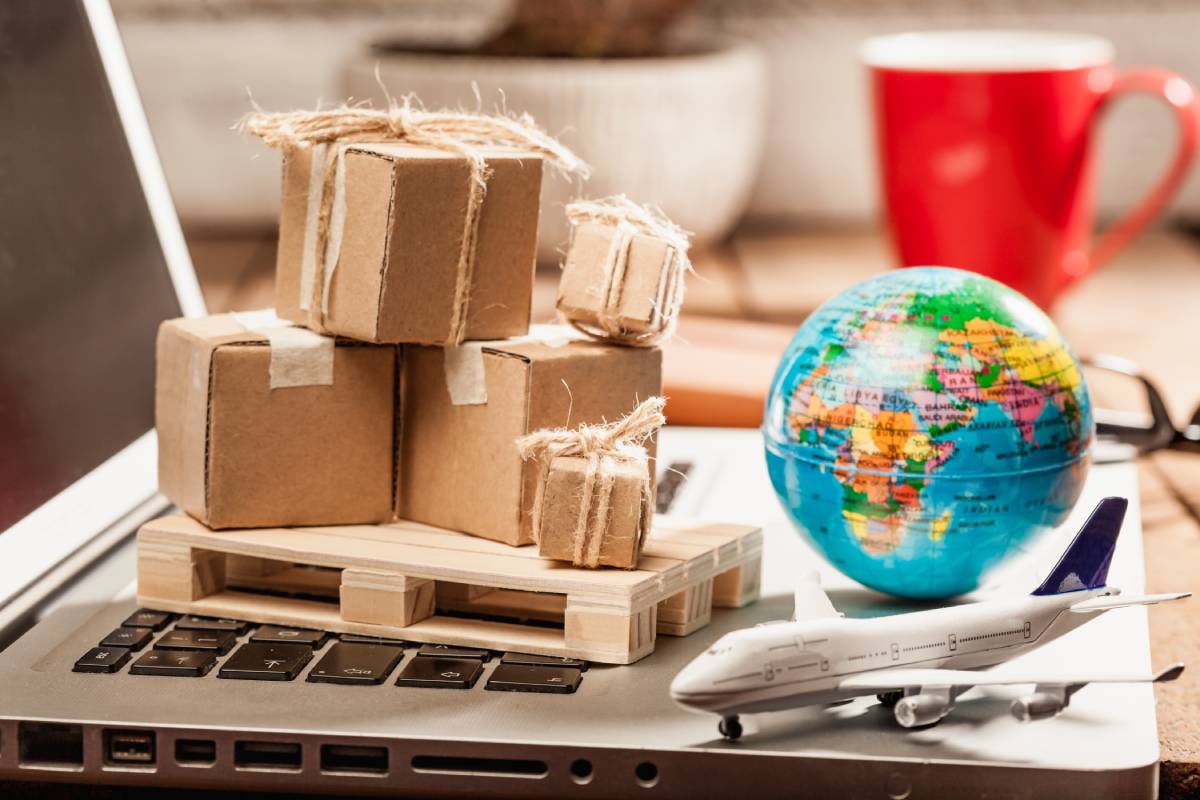Global Reach with Local Support
We recognise that international shipping can be a complex process. Let us assist you in navigating it, ensuring a seamless and enjoyable experience.

In the intricate world of global freight, precision and clarity are paramount. One term that frequently arises, particularly when dealing with consolidated shipments or Dangerous Goods, is "OVERPACK." At Ocean Cargo, we believe in demystifying complex logistics for our clients, ensuring every shipment is handled with expertise and transparency.
An OVERPACK, in its simplest form, is a single unit used by a shipper to consolidate one or more packages into a larger, more convenient handling unit for ease of stowage and transport. Imagine you have several smaller boxes, each containing individual items. Instead of handling each box separately, you place them all into a larger container, crate, or even wrap them securely together on a pallet. This consolidated unit is then considered an OVERPACK.
This practice is common across various modes of transport, from sea freight to air freight and road freight, streamlining the handling process and often enhancing cargo security. For businesses looking to optimise their supply chain, understanding and correctly utilising OVERPACKs can lead to more efficient and cost-effective shipping.
The decision to use an OVERPACK isn't just about convenience; it offers several tangible benefits for businesses engaged in international trade:
Ocean Cargo leverages these benefits to provide seamless logistics solutions, whether you're shipping sea freight to the USA or managing complex project cargo.
While the general concept of an OVERPACK applies to all types of cargo, its application becomes critically important and highly regulated when Dangerous Goods are involved. The definition explicitly states: "Dangerous Goods packages contained in the overpack must be properly packed, marked, labelled and in proper condition as required by the Regulations regarding dangerous goods (aircargo)."
Navigating these regulations requires expert knowledge. Ocean Cargo's customs compliance team and dangerous goods specialists ensure that your hazardous materials are handled with the utmost care and in full adherence to international standards, whether you're shipping project cargo to the UAE or standard consignments.
OVERPACKs come in various forms, depending on the nature of the goods, the mode of transport, and the shipper's requirements. Here are some common examples:
Ocean Cargo provides tailored solutions for all types of cargo, from standard palletised goods to specialist items like wind turbine components to Australia, ensuring the correct use of OVERPACKs for safety and efficiency.
As your trusted freight forwarding partner, Ocean Cargo plays a pivotal role in advising on and managing the correct use of OVERPACKs. Our 25+ years of experience mean we understand the nuances of international shipping regulations and best practices.
When you partner with Ocean Cargo, you benefit from:
Choosing Ocean Cargo means choosing a partner committed to reliability, precision, and trust. We simplify complex supply chains, allowing you to focus on your core business while we handle the intricacies of global logistics.
No, an OVERPACK is not always required. It's a choice made by the shipper for convenience, efficiency, or added protection. However, for dangerous goods, if multiple packages are consolidated into an OVERPACK, specific regulations regarding marking and labelling of the OVERPACK itself must be followed.
The shipper is primarily responsible for creating the OVERPACK and ensuring that all individual packages within it, especially dangerous goods, are correctly packed, marked, and labelled. Your freight forwarder, like Ocean Cargo, can provide expert advice and support in this process.
No, an OVERPACK does not change the classification of the dangerous goods contained within it. Each individual package of dangerous goods must still be classified, packed, marked, and labelled according to its specific hazard class. The OVERPACK simply consolidates these pre-compliant packages.
Potentially, yes, but only if they are compatible according to dangerous goods segregation rules. Incompatible dangerous goods must never be placed in the same OVERPACK. Always consult the relevant dangerous goods regulations (e.g., IATA DGR, IMDG Code) or your freight forwarder for guidance on segregation.
If the markings and labels of all dangerous goods packages inside the OVERPACK are not visible, the OVERPACK itself must be marked with the word "OVERPACK" and all required dangerous goods labels and markings (e.g., hazard labels, UN numbers, proper shipping names) for the contents. If all internal markings are visible, the "OVERPACK" marking is still recommended but the reproduction of internal labels may not be strictly necessary, depending on the specific regulation.
We recognise that international shipping can be a complex process. Let us assist you in navigating it, ensuring a seamless and enjoyable experience.